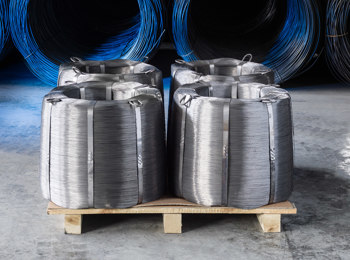The Evolution and Impact of Boot Manufacturers
Boots have played an essential role in human history, serving not only as a practical means of protection for our feet but also as a reflection of culture, style, and industry innovation. The evolution of boot manufacturers has paralleled advancements in materials, technology, and consumer needs, leading to a diverse array of choices for consumers worldwide.
Historical Significance
Historically, boots were primarily designed for utility. In ancient civilizations, such as those found in Mesopotamia and Egypt, early forms of boots were crafted from leather and other natural materials, providing protection against various environmental challenges. As societies evolved, so did the technology and craftsmanship behind boot manufacturing. By the Middle Ages, tall leather boots became a symbol of status among nobility and knights, while laborers relied on shorter, sturdier designs for work.
The Industrial Revolution marked a watershed moment in boot manufacturing. It introduced mass production techniques, which allowed manufacturers to churn out boots efficiently and affordably. Factories could produce large quantities of standardized boots, leading to the rise of renowned brands. This period also saw the introduction of new materials, such as rubber, which broadened the scope of boot design and functionality.
Modern Boot Manufacturers
Today, the boot manufacturing industry is characterized by a blend of traditional craftsmanship and modern technology. Companies ranging from well-established brands to niche artisans contribute to the market. Major players like Dr. Martens, Timberland, and Caterpillar have firmly established their names, each offering unique styles that cater to different consumer preferences.
Dr. Martens, for instance, revolutionized the boot scene in the 1960s with its iconic air-cushioned sole and distinct design. Originally designed for workers, Dr. Martens boots transcended their utilitarian roots to become a symbol of rebellion and counterculture. Likewise, Timberland’s waterproof boots gained immense popularity in the 1990s for their durability and outdoor capability, appealing to both nature enthusiasts and fashion-forward individuals.
In recent years, sustainability has become a critical focus for many boot manufacturers. As awareness of environmental issues grows, companies have started integrating eco-friendly practices into their production processes. Brands like Allbirds and Rothy’s emphasize the use of sustainable materials and ethical manufacturing, catering to a socially-conscious consumer base.
boots manufacturers

Technology and Innovation
The integration of technology into boot manufacturing has transformed the industry landscape. Advanced manufacturing processes, such as 3D printing and computer-aided design (CAD), enable greater customization and efficiency. This technological leap allows for the creation of boots tailored to fit individual foot shapes perfectly, enhancing comfort and performance.
Moreover, with the rise of e-commerce, consumers now have access to a global market of boot manufacturers. Online platforms enable brands to reach customers directly, reducing the reliance on traditional retail spaces. As a result, consumers can easily compare styles, prices, and reviews before making informed purchasing decisions.
The Future of Boot Manufacturing
Looking ahead, the future of boot manufacturing is likely to be shaped by three significant trends sustainability, technological advancement, and changing consumer behavior. As the global emphasis on environmental responsibility continues to grow, manufacturers will need to adopt sustainable practices not just in materials but also in packaging and distribution.
Furthermore, technological advancements will lead to even more personalized shopping experiences. Virtual fitting rooms and augmented reality could soon become commonplace, allowing consumers to visualize how a pair of boots would look and fit before making a purchase.
Lastly, changing lifestyle dynamics, particularly in the wake of the COVID-19 pandemic, have shifted consumer priorities. The demand for versatile footwear that can transition from casual to formal settings will likely influence boot design and marketing strategies in the coming years.
Conclusion
The world of boot manufacturers is a rich tapestry woven with history, culture, and innovation. From their utilitarian roots to their modern interpretations, boots reflect not just our needs but also our values and aspirations. As we move forward, it is clear that the boot industry will continue to evolve, adapting to new challenges while meeting the ever-changing demands of consumers around the globe.
-
Stay Dry in Any Condition with WadersNewsJul.17,2025
-
Elite Performance with Camouflage Combat BootsNewsJul.17,2025
-
Dry and Comfortable with Green Rubber Garden ShoesNewsJul.17,2025
-
Convenient Protection with Foldable RainbootsNewsJul.17,2025
-
Comfort and Protection with Neoprene Work BootsNewsJul.17,2025
-
Brighten Rainy Days with Floral Rain BootsNewsJul.17,2025
-
Safety Wellies: The Ultimate Combination of Protection, Comfort, and VisibilityNewsJun.19,2025











